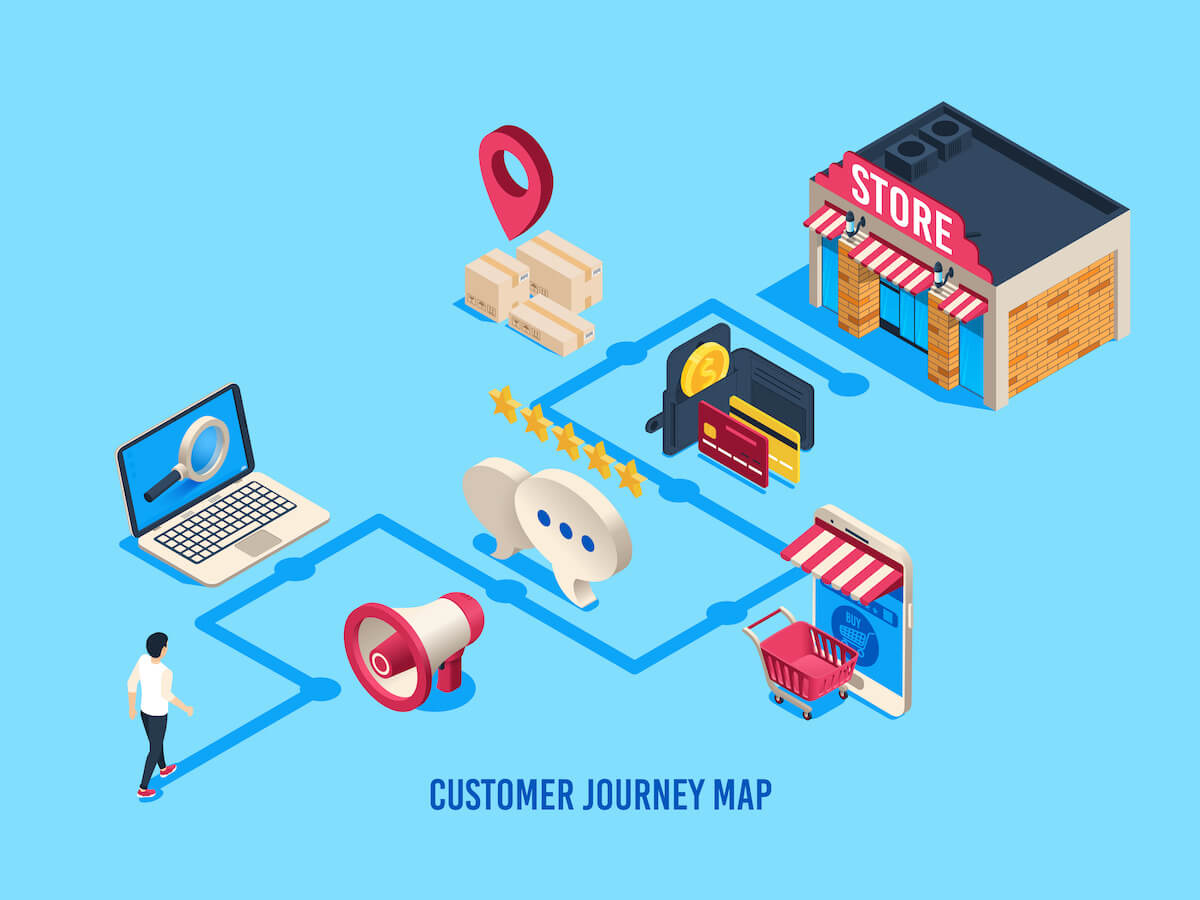Apr 7, 2023
5 Components of a SaaS Customer Activation Strategy
With an activation strategy, you can better map out a path to conversion for your leads to follow. Learn how to create a customer activation strategy.

Getting potential clients interested in your SaaS product can be easy when they have nothing to lose. A freemium product or trial and a strong marketing strategy are often all you need to capture leads.
But turning those free users into paying customers — a process known as customer activation — requires higher levels of customer engagement, occurring at the right times. With an activation strategy, you can better map out a path to conversion for your leads to follow.
Learn why your SaaS business needs a customer activation strategy and what to include in yours.
Why Your SaaS Business Needs an Activation Strategy
For the average SaaS business, only 25% of free trial users end up going premium. That means three-quarters of people who are initially interested in a product never end up moving to the next levels of the SaaS sales process.
Without a standout customer experience in the activation process, potential clients won't commit to a subscription — and some might disengage or consider new brands before their free trial even ends.
An activation strategy — a plan that tells you when and how to engage users — helps you keep your leads interested in your product and brand throughout the buyer's journey.
As users continue learning about your SaaS solution and benefiting from your trial or freemium product, they'll recognize the value your premium SaaS product offers. This could mean a higher free-to-paid conversion rate for your business.
Creating a customer activation strategy can also help your sales and marketing teams save time. You'll have a roadmap for success in front of you, so you won't waste time on the wrong SaaS marketing efforts or other ineffective tactics.
5 Components of an Effective Customer Activation Strategy
Creating an effective customer activation strategy is a multi-step process that requires you to consider who your free users are, how they behave, and what they need from your brand experience to commit to a paid subscription. When writing each component of your activation strategy, consider customer data and insights to ensure you're making smart, informed decisions that will drive more successful closes.
1. Customer Personas
Customer personas are detailed profiles that represent segments of your ideal customer base. These profiles may explain your target audience's demographics, needs, motivations, and behavior on your free SaaS product.
Creating client personas helps you identify what value you need to demonstrate to get users to choose your brand.
Start your activation strategy by building at least 2-3 customer personas. To inform your client profiles, you can consider surveying or interviewing real members of your target audience and some of your best customers.
Marketers, sales reps, and customer support agents who work closely with clients can also offer insights that help you create accurate, thorough profiles.
2. Customer Journey Map

Customer journey maps can help you visualize how clients move through the sales funnel, from the time they sign up for your trial or freemium product to the time customer activation occurs. To further understand your users' behavior, you can identify:
What your average lead does, feels, and thinks at each stage of the customer journey
What channels free users use to engage with your brand, including social media platforms and in-person interactions
What drives customers to move into a new stage of the SaaS sales funnel
It can also be helpful to include data about when your leads who don't convert usually disengage. This way, you know what sales or marketing activities aren't working, so you can adjust accordingly. In addition, identify how long your average user stays in each stage of the customer journey.
As you gain more insight into your prospects' behavior, you can start to see where you need to add more touch points, so your customer relationships keep growing instead of deflating.
3. Customer Engagement Strategy
Your SaaS customer activation strategy must outline how you'll engage your free product users throughout the lead life cycle. Identify the tactics that you'll use to nudge your leads to interact with your product or brand as well as the tactics you'll use to push them closer to activation.
An example of a nudge could be a drip email marketing campaign that introduces users to helpful features of your SaaS software. Each email could include a bite-sized product tutorial.
You can also present case studies to showcase the benefits of your product within your drip email campaign. While nudges don't actively drive clients toward a purchase, they help them discover the value that your SaaS product can offer.
Pushes are stronger customer engagement tactics that encourage users to make key decisions, so they can enter new stages of your sales pipeline. An example of a push could be an invitation to schedule an in-person meeting or video call, which you could send through a text messaging service.
Keep your client personas and customer journey maps in mind as you build out your engagement strategy. Different tactics work for different audiences, and you must personalize a great engagement strategy for your users’ needs..
4. The Final Push

For SaaS businesses, the final push to get free users to go premium usually occurs during your one-on-one meeting.
As part of your activation strategy, you can create a customizable pitch or proposal to deliver to your leads. Based on what you learn during your conversation about your individual user's needs and pain points, you can adjust your proposal and talking points as needed.
After the final push, you should have a fully activated customer, or you'll know that you need to back off.
5. Key Metrics
While the final push is where your customer activation process ends, keep in mind that it's important to continuously track key SaaS metrics when you start to execute your activation strategy. This way, you can see if your strategy is actually working, where you can keep improving, and if major adjustments are needed.
Examples of metrics you can track in the activation process include your:
Activation rate: The percentage of people who convert from free users to paying users in a specific time frame
Churn rate: The percentage of users who stop using your freemium product, or who don't convert after their free trial ends
Cost per acquisition: The average amount you spend on sales or marketing to obtain a premium user
Many sales CRM tools offer automations that make tracking these SaaS metrics easy for your team.
Get More Paying Customers With an Activation Strategy
A customer activation strategy helps you plan data-driven tactics that can effectively drive your free users toward a premium subscription.
Instead of losing out on three-fourths of potential clients, you can maximize the amount of leads who ultimately choose your brand.
Start building your activation strategy by outlining who your customers are and how they behave. Then, outline how you'll nudge and push your leads through each stage of the customer journey until they finally activate.
ServiceBell can make it easier for you to get to the final push. With ServiceBell, clients can call for a one-on-one meeting straight from your site — no appointment needed — which adds convenience to your customer experience. Sign up for a free trial of ServiceBell to make your activation strategy even more effective.